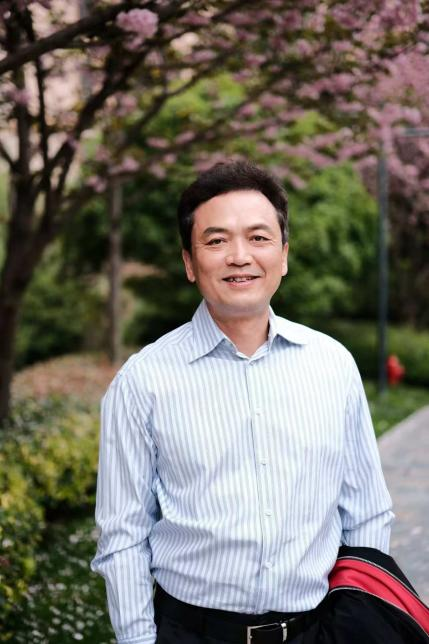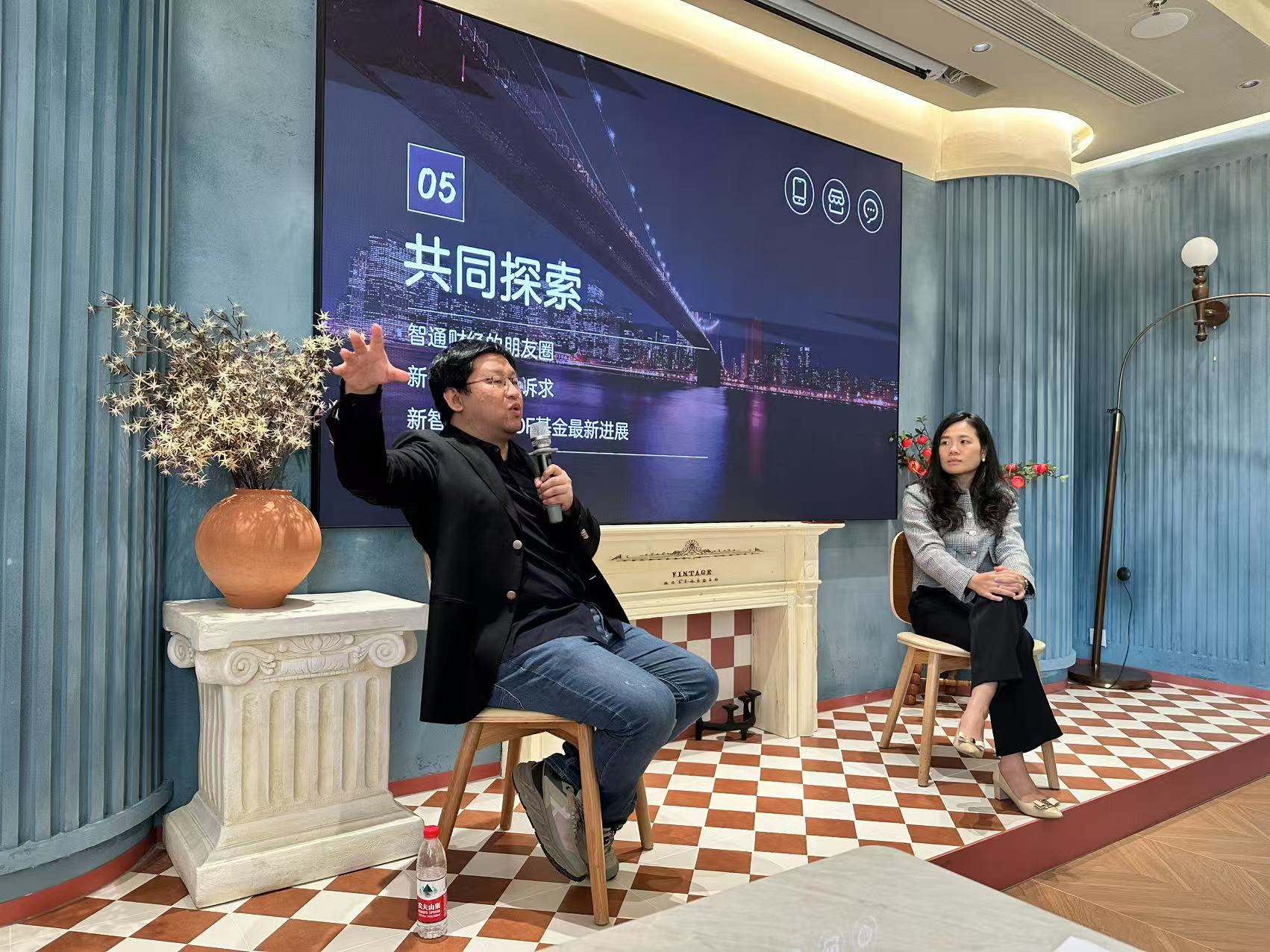Morgan Stanley Fund: Optimistic about the AI terminal innovation cycle led by Apple (AAPL.US)
2024-09-02 18:44
Morgan Stanley Fund stated that it is optimistic about the AI terminal innovation cycle led by Apple (AAPL.US) this time. In addition to the expected increase in sales of terminals themselves, it is expected that the use of terminals will bring huge demand for inference computing power, which is likely to further increase the demand for computing power chips such as NVIDIA.
Morgan Stanley Fund recently stated that it is optimistic about the AI terminal innovation cycle led by Apple (AAPL.US). In addition to the growth in sales of terminals themselves, it is expected that the use of terminals will bring a huge demand for inference computing power, which is expected to increase the demand for computing chips such as Nvidia (NVDA.US). At the same time, once AI is popularized on terminals, various software and model revenues will see a true popularization and explosion among a larger audience.
Morgan Stanley Fund pointed out that a recent survey of global IT spending trends for large enterprise CIOs showed overall pressure in the market. CIOs expect IT budgets to grow by 4.1% in 2024, but the growth is expected to slow down to 3.5% in 2025 (compared to 5.7% in a survey conducted a quarter ago). Interest in AI is increasing, but the timing of implementation is still being delayed. Performance in the last 2 quarters of SERVICENOW and IBM confirmed this trend in the B-end with GenAI.
Currently, AI applications are facing certain growth bottlenecks. A typical example is Kimi, with a daily active users staying at the level of 1 million, which is only 1/100 of ChatGPT, unable to further break through. It may have to wait until the release of GPT-5. According to an interview with Dartmouth Engineering, Mira Murati, Chief Technology Officer of OpenAI, stated that the release of GPT-5 will be delayed until the end of 2025 or early 2026. The intelligence level of GPT-5 will achieve a qualitative leap, from the child-like intelligence of GPT-3, to the clever high school student of GPT-4, and then to the "doctor-level intelligence" on specific tasks of GPT-5.
However, AI terminals are currently at the forefront of innovation that can be driven by intelligence. The basic logic is to build Agent workflow based on GPT3.5, which performs even better than GPT4 itself. Agent is a human-computer interaction revolution, from touch screen to voice, with phones and computers as hardware carriers. Therefore, the terminal is entering an innovation cycle, and the next generation of the Internet could be the Agent Network.
Morgan Stanley Fund said that Apple plans to launch a new Siri test in January next year and introduce the official version in iOS 18.4. In addition, other features of Siri, such as new design and ChatGPT integration, will be launched later this year. It is believed that Apple's AI is likely to become a hit product, with its solution expected to become mainstream for three main reasons: privacy protection, iOS18 addresses user privacy concerns well with a three-tier architecture (local 3B model, private cloud model, third-party large model). Closed ecosystem dominance. Historically, Apple has led the interactive revolution of graphical interfaces and touch screens.
This AI phone wave is very similar to the 5G upgrade wave, with a 1% upgrade rate expected to increase Apple's sales by 6%, bring about a 1.8% increase in Apple's revenue, as well as further growth in Apple Store "Apple tax" and advertising revenue. Compared to the upgrade wave, the significance of Apple AI is even greater, as GenAI is expected to penetrate into the daily lives of the general consumers for the first time. Apple's AI is expected to bring in billions of incremental revenue for Apple itself, with the potential for 3-5 billion users to pay $10 per month for AI services in 2025, which corresponds to nearly 5 billion RMB per month, while 1.5 billion existing users would bring in 15 billion RMB per month, surpassing 100 billion RMB per year.
RECOMMEND

Advanced investment education | FATCA & CRS leading global tax transparency, who is most affected?
04/08/2025

34 年股市老兵“曾阿牛”:跑赢纳指 110%仍不满足!从第一代股评家到对冲基金管理人的经历
14/06/2025

The first closed door meeting of the New Intelligence Roundtable Faction and the US Dollar Foundation was successfully held in Shanghai
01/05/2025
Customer Service

Add the WeCom

